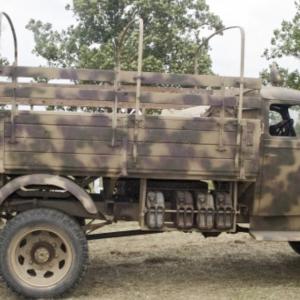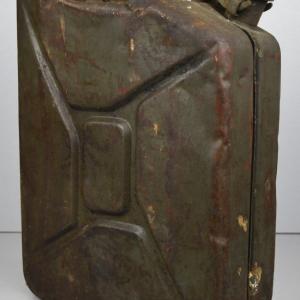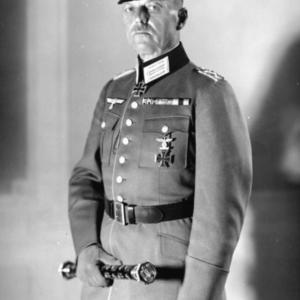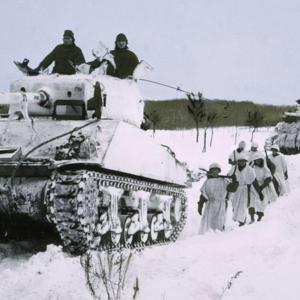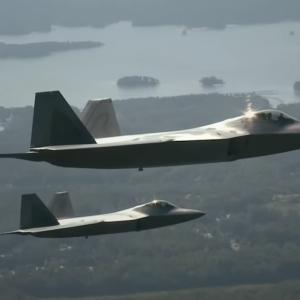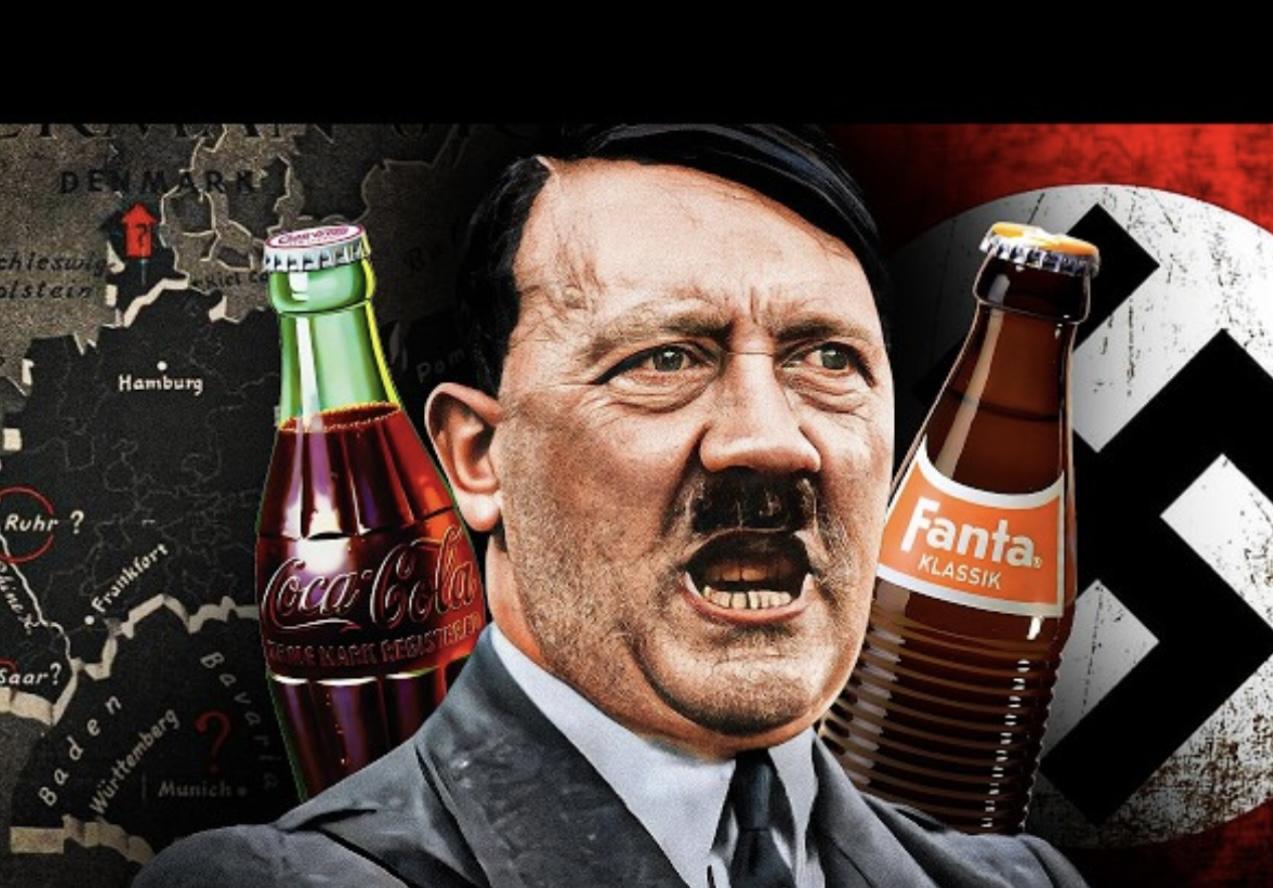
WW2 “Pop”
During World War II, Coca-Cola found itself in a precarious position in Nazi Germany. The outbreak of war and the subsequent Allied trade embargoes made it nearly impossible for the Coca-Cola Company to import the syrup concentrate needed to produce its flagship drink. Rather than shutter its operations in Germany, the company’s local subsidiary pivoted in a remarkable way to maintain production and preserve its market share, ultimately leading to the creation of one of the most enduring soft drink brands in the world—Fanta.
At the center of Coca-Cola’s operations in Germany during the war was Max Keith, a dedicated and resourceful German businessman who headed Coca-Cola GmbH, the company’s German branch. Under his leadership, the company had already seen tremendous growth in the 1930s. By the time war broke out in 1939, Coca-Cola was a popular beverage throughout the country, and Keith was determined to keep the business alive despite the escalating global conflict.
With the embargoes cutting off supplies of the Coca-Cola syrup from the United States, Keith faced a serious dilemma. Instead of shutting down production, he worked with his team to create a new product that could be made entirely from ingredients available within Germany. The result was Fanta, a fruit-flavored drink born out of necessity and ingenuity. The name "Fanta" was derived from the German word "Fantasie," meaning imagination, which aptly reflected the creative approach required to concoct the beverage under such difficult conditions.
Fanta was produced using what limited resources were available. Ingredients included whey, a byproduct of cheese production, and pomace, the pulp and skins of apples left over from cider making. These were combined to make a drink that was sweet, fruity, and refreshing, though very different from what modern consumers recognize as Fanta today. It was a practical solution to the supply problem and kept the factories running, ensuring that jobs were preserved and the company’s presence in the German market was maintained.
Coca-Cola GmbH's factory in Germany employed thousands of workers during the war, though exact numbers are difficult to confirm due to inconsistent records from the time. Estimates suggest that several thousand workers were involved directly or indirectly in the production and distribution process, spanning bottling plants, distribution centers, and sales networks across Germany and the occupied territories.
The production numbers were substantial. By 1943, Coca-Cola's German operation had reportedly produced around three million cases of Fanta, a remarkable feat given the wartime limitations on materials, labor, and transportation. These bottles were primarily intended for the German market and territories under Nazi control, as the war made international distribution virtually impossible. Fanta was used not only for public consumption but also to keep morale up among factory workers and to supply German troops with non-alcoholic beverages.
Max Keith's management of Coca-Cola in Nazi Germany was pragmatic rather than ideological. He maintained the business with careful navigation of Nazi bureaucracy, staying clear of overt political affiliations while ensuring the company complied with local regulations. According to historical records, Keith managed to avoid full Nazi party membership and even resisted pressure to nationalize the company after the U.S. entered the war in 1941.
After the war, Coca-Cola returned to Germany and reclaimed control of its bottling operations. Keith was not penalized for his wartime role, as there was no evidence of collaboration beyond what was necessary to keep the company operational. Instead, his wartime leadership was credited with preserving Coca-Cola’s presence in Europe, paving the way for rapid post-war expansion.
The creation of Fanta during World War II stands as a notable example of corporate adaptation in times of crisis. Born out of scarcity, it was never intended as a long-term product, yet it proved so popular that Coca-Cola later revived and reinvented it as a fruit-flavored soda for global markets. Today, Fanta is one of the top-selling brands in Coca-Cola’s portfolio, a legacy that traces directly back to the ingenuity of Max Keith and his team in wartime Germany.

